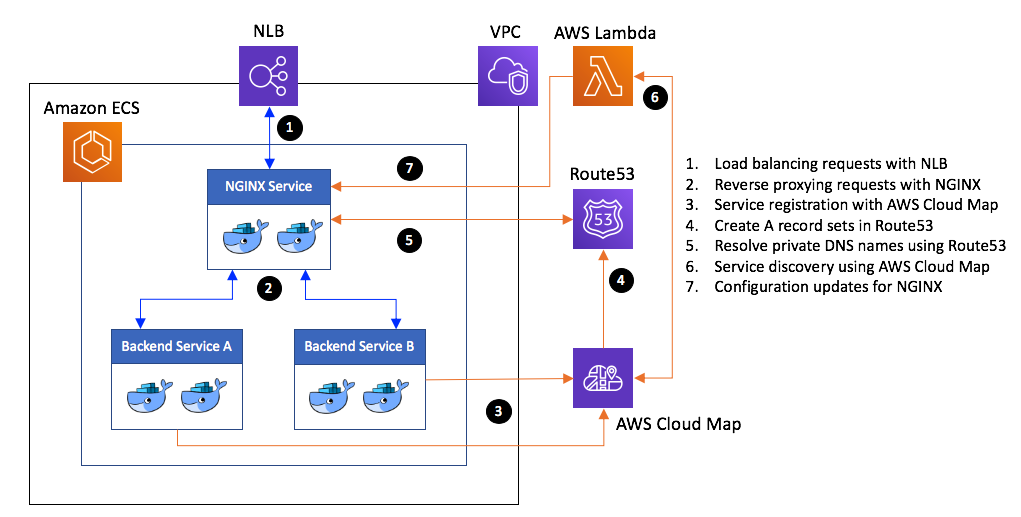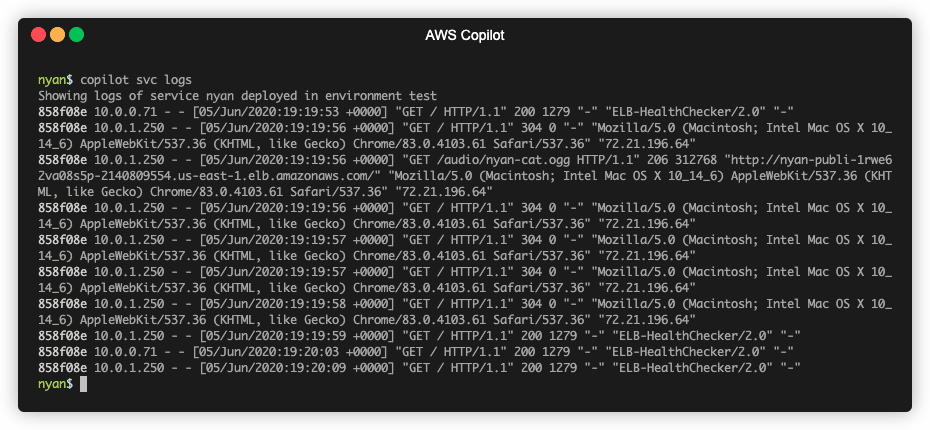Containers
Category: Amazon Elastic Container Service
Designing a secure container image registry
As organizations move to containers, there can be a sense that they are losing control or visibility of the software that is deployed to their environments. Historically, once a server is in production, a scanning tool runs on a regular basis to detect vulnerabilities on the operating system. Once a vulnerability is detected, an operations […]
How Affirm uses AWS Fargate and Apache Airflow to manage batch jobs
This post was contributed by Greg Sterin, Senior Staff Software Engineer, Affirm. Affirm’s mission is to deliver honest financial products that improve lives. Affirm is reinventing credit to make it more honest and friendly, giving consumers the flexibility to buy now and pay later without any hidden fees or compounding interest. Affirm’s Platform Engineering team […]
Amazon Elastic Beanstalk introduces support for shared load balancers
AWS customers love using managed services because they can offload the undifferentiated heavy lifting associated with deploying applications while they focus on innovating to support their business. Throughout the years, this is why so many customers have opted to use Amazon Elastic Beanstalk to deploy their software artifacts. Customers can pick a runtime environment, point […]
Automatically deploying your container application with AWS Copilot
Taking an application from idea to working implementation that people can interact with is a multistep process. Once the design is locked in and the code is written, the next challenge is how to deploy and deliver the application to users. One way to do this is using a Docker container and a tool like […]
ICYMI: AWS Cloud Containers Conference
On July 9th, the AWS Containers team hosted the first AWS Cloud Containers Conference (C3). The full day, virtual conference covered deep dives, launches, and demos on Amazon EKS, Amazon ECS, AWS Fargate, Amazon ECR, and AWS App Mesh. As well as, a keynote from GM of Kubernetes, Bob Wise, and closing remarks from Chief […]
Load balancing Amazon ECS services with a Kubernetes Ingress Controller style approach
Introduction A common approach to traffic routing in a Kubernetes cluster is to employ an Ingress Controller. The Ingress Controller is an application that runs in a cluster in conjunction with a load balancer and routes incoming HTTP/HTTPS/TCP requests to proxied servers according to routing rules specified in Ingress resources. When deploying to either a […]
AWS Copilot: an application-first CLI for containers on AWS
On July 9, 2020, we introduced AWS Copilot, a new command line interface (CLI) to build, release, and operate production ready containerized applications on Amazon Elastic Container Service (Amazon ECS) and AWS Fargate. In this post, I walk you through the design tenets of the CLI, why we chose them, how they map to Copilot […]
Container DevSecOps with AWS CodePipeline using Hadolint and Anchore Engine
Many organizations are or are considering migrating their applications and/or software to containers over traditional virtual machines given that they are incredibly fast, easy to maintain, have simpler deployment lifecycles, and are much easier to spin up and down. This can greatly reduce the cost and increase efficiency. For a secure container life cycle management, […]
AWS and Docker collaborate to simplify the developer experience
Developers can now use Docker Compose and Docker Desktop to deploy applications to Amazon ECS If you were to ask any developer who has worked with containers, you find out they have used or are aware of Docker Desktop and the Docker CLI for building applications on their desktop. They’ve also most likely used Docker […]
Introducing AWS Copilot
The first official command line tool for Amazon Elastic Container Service (Amazon ECS) was created in 2015. In December 2019, we shared the preview release of a new command line experience, redesigned from the ground up to make it easier for you to deploy your applications on Amazon ECS. Today, we are sharing some of […]









